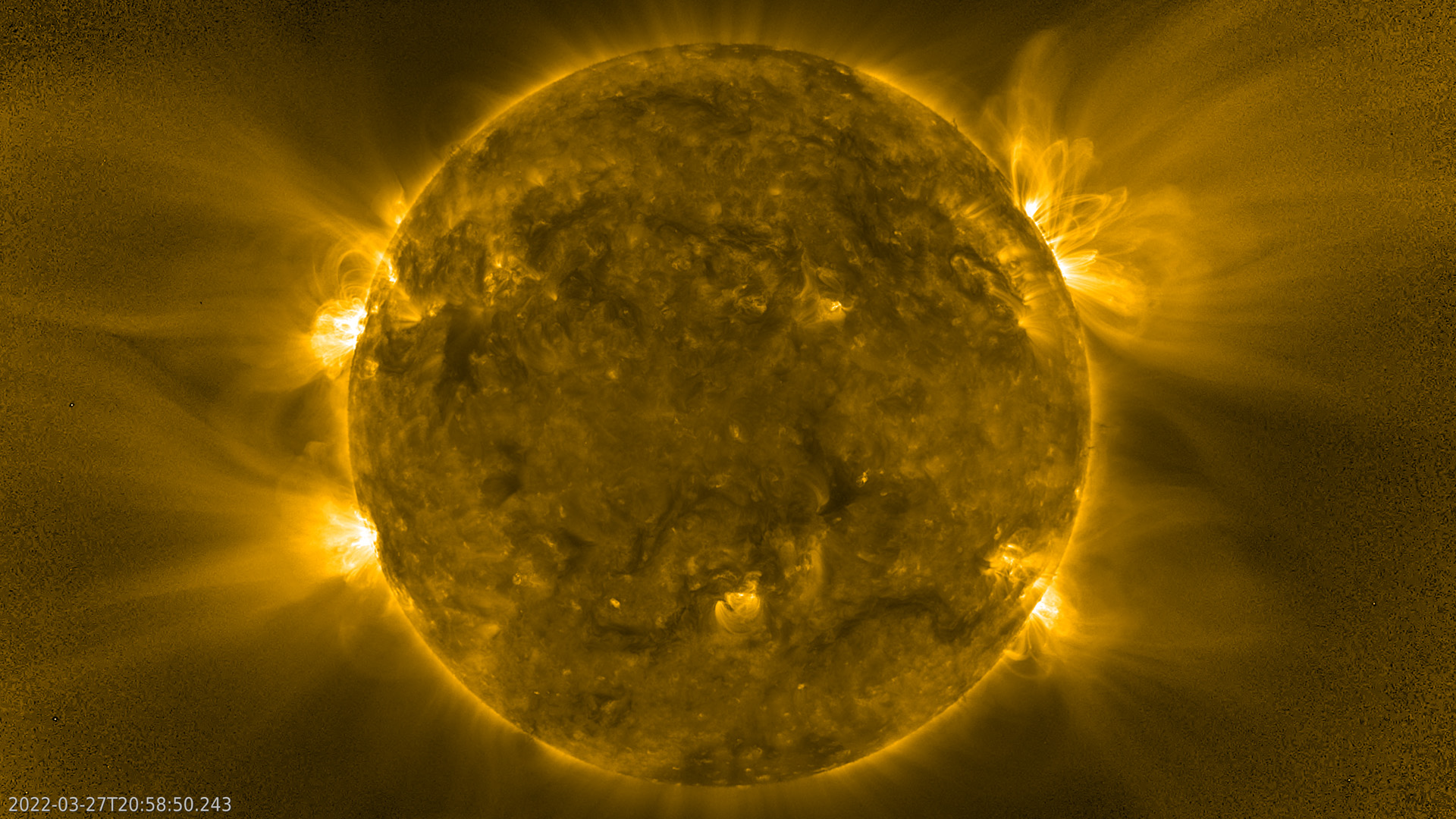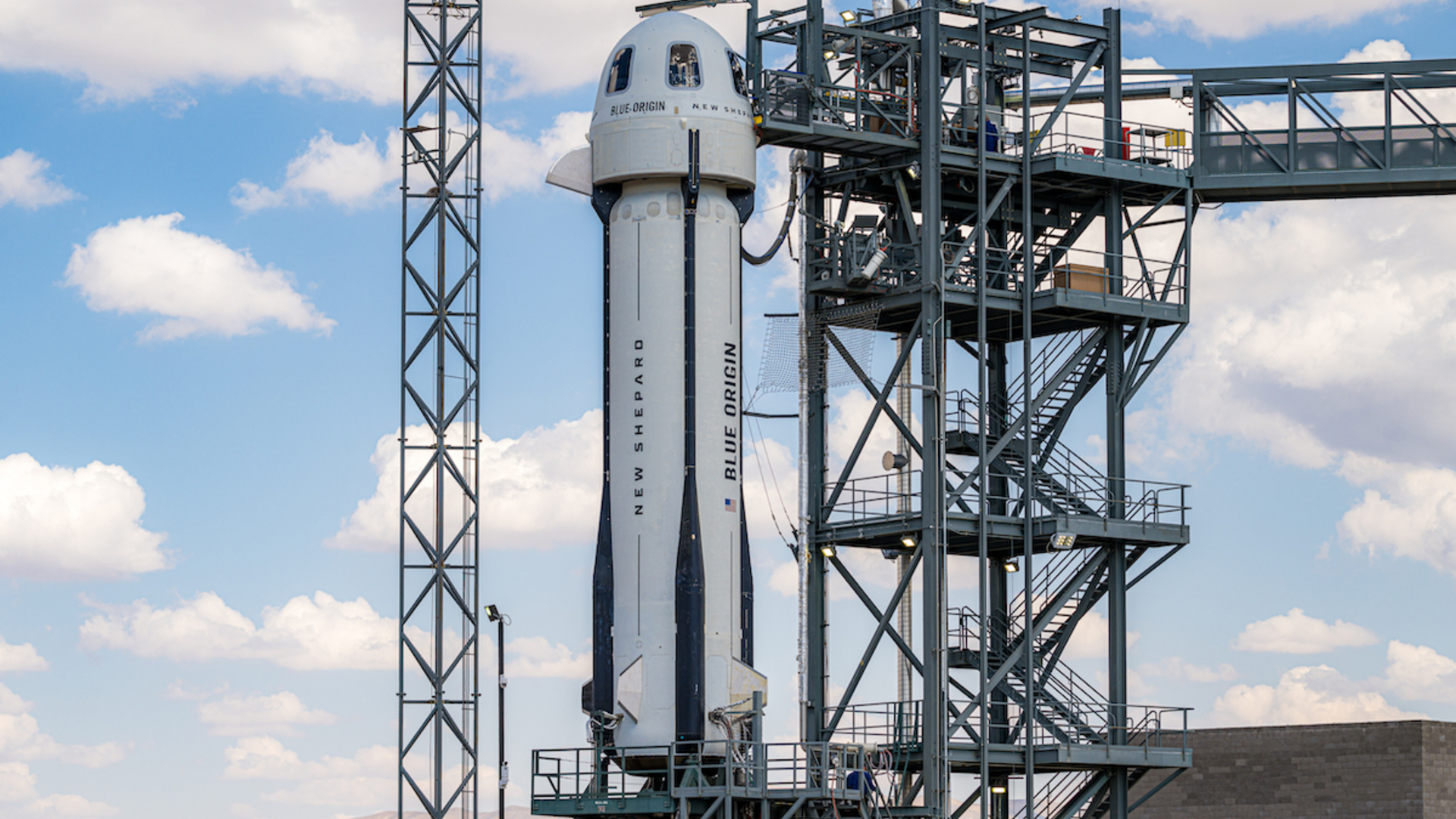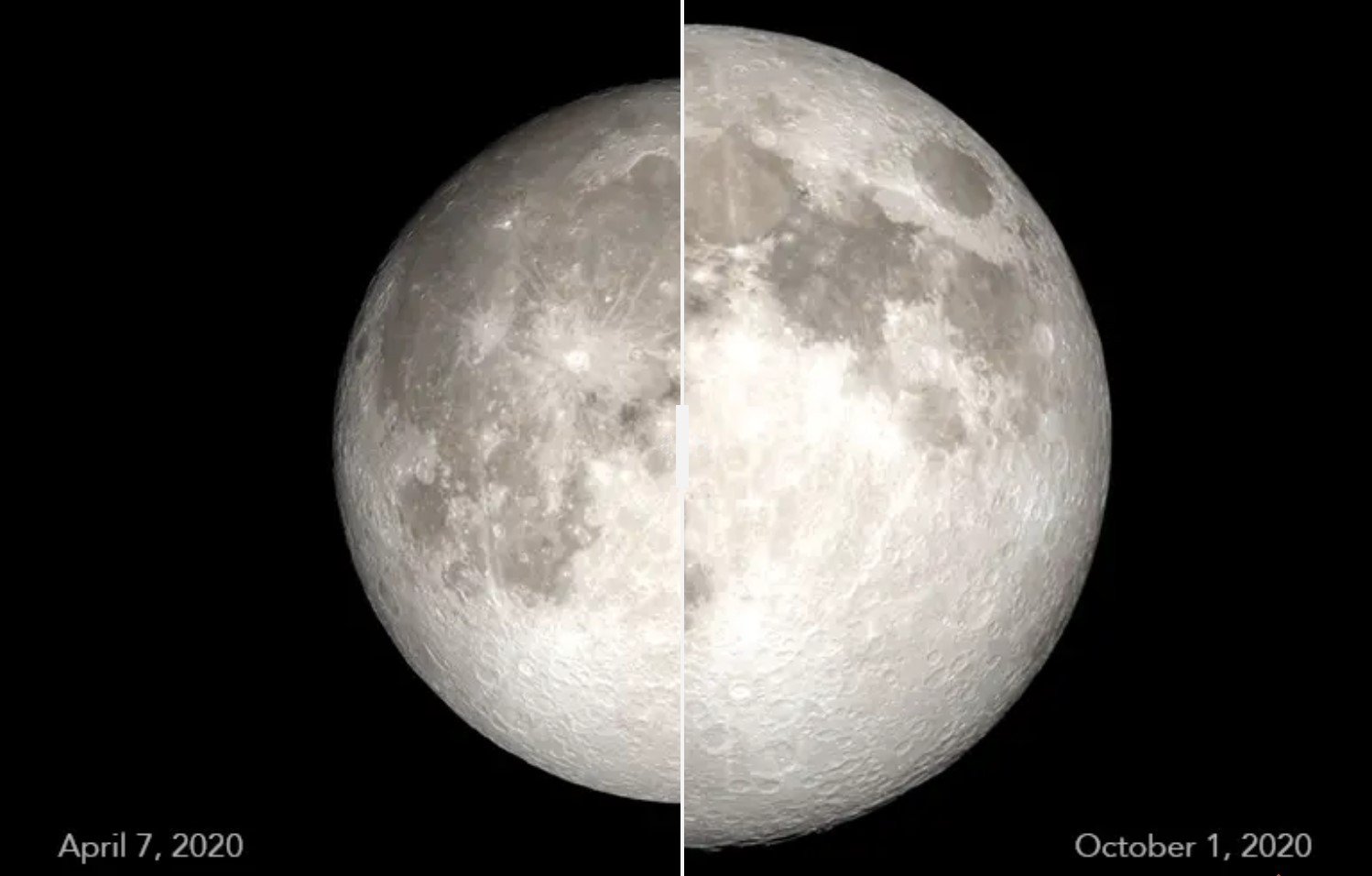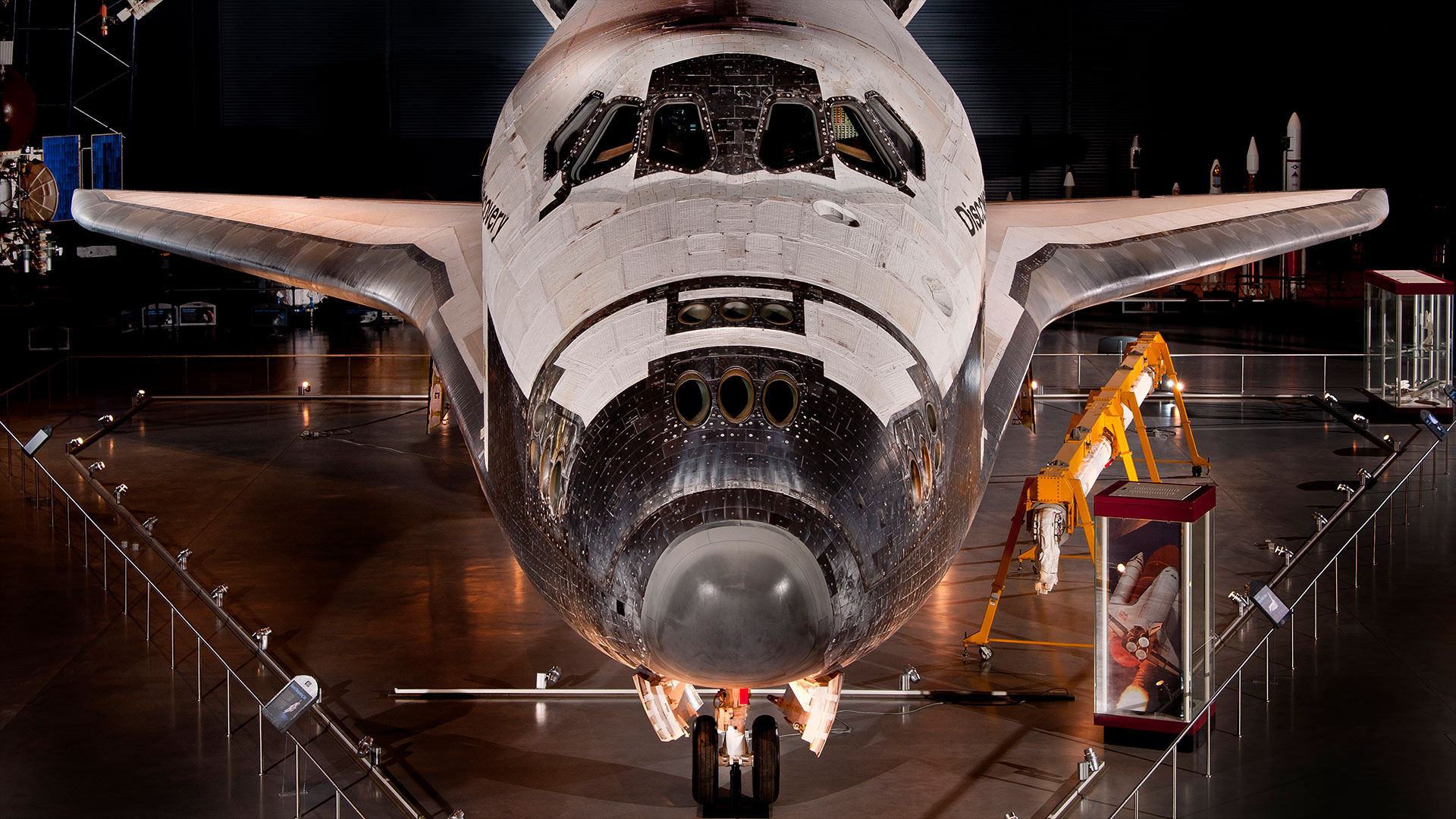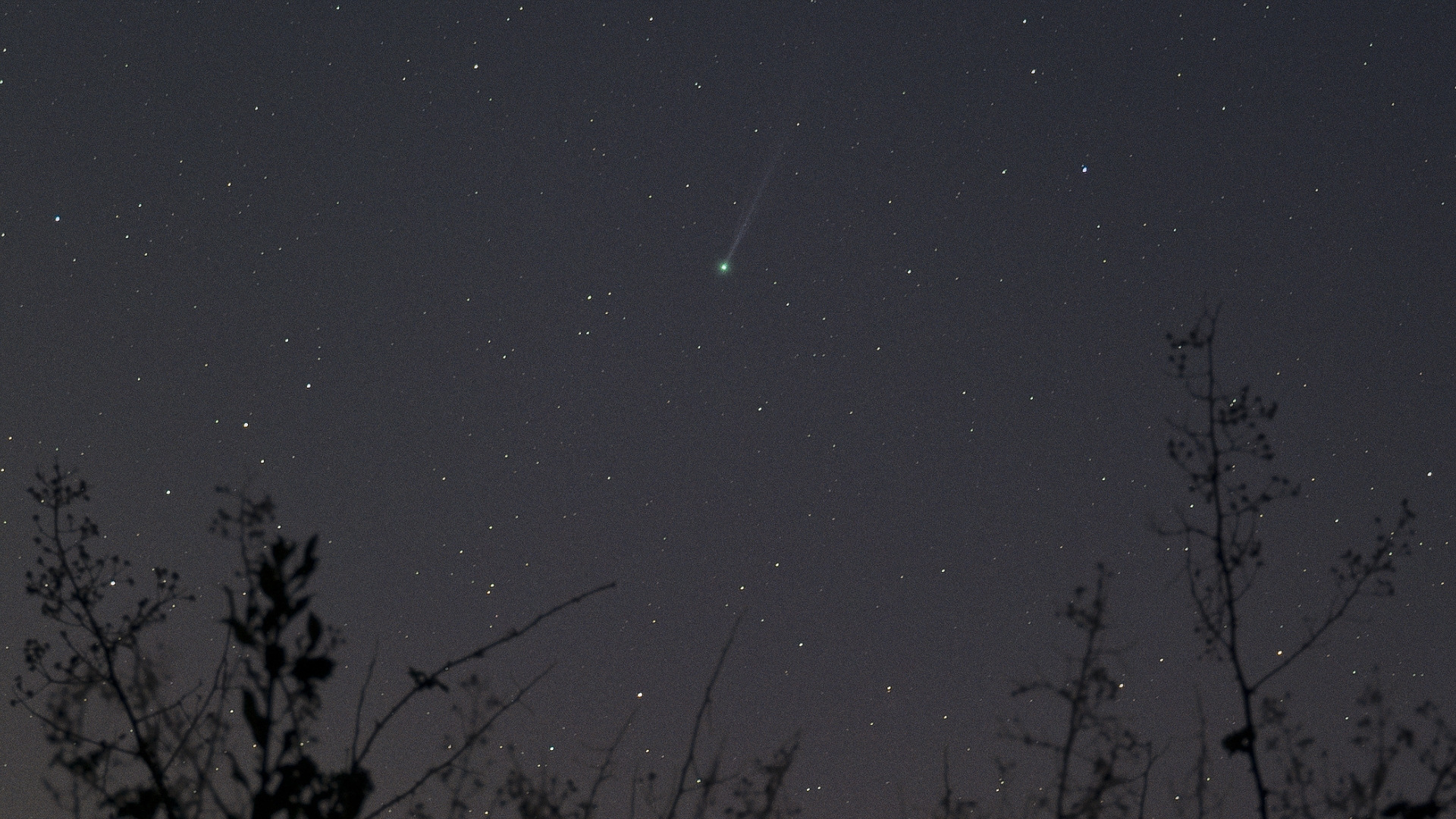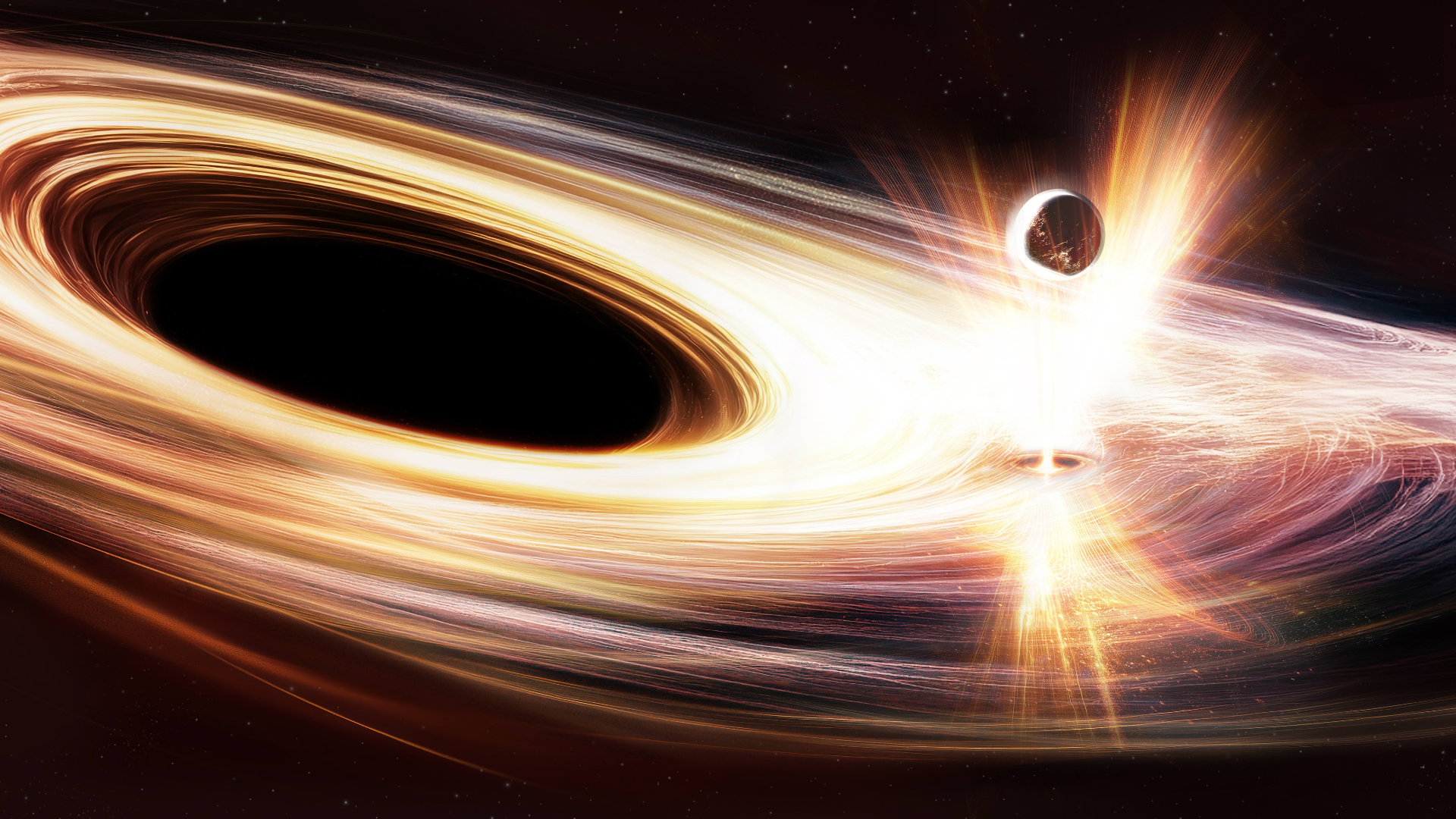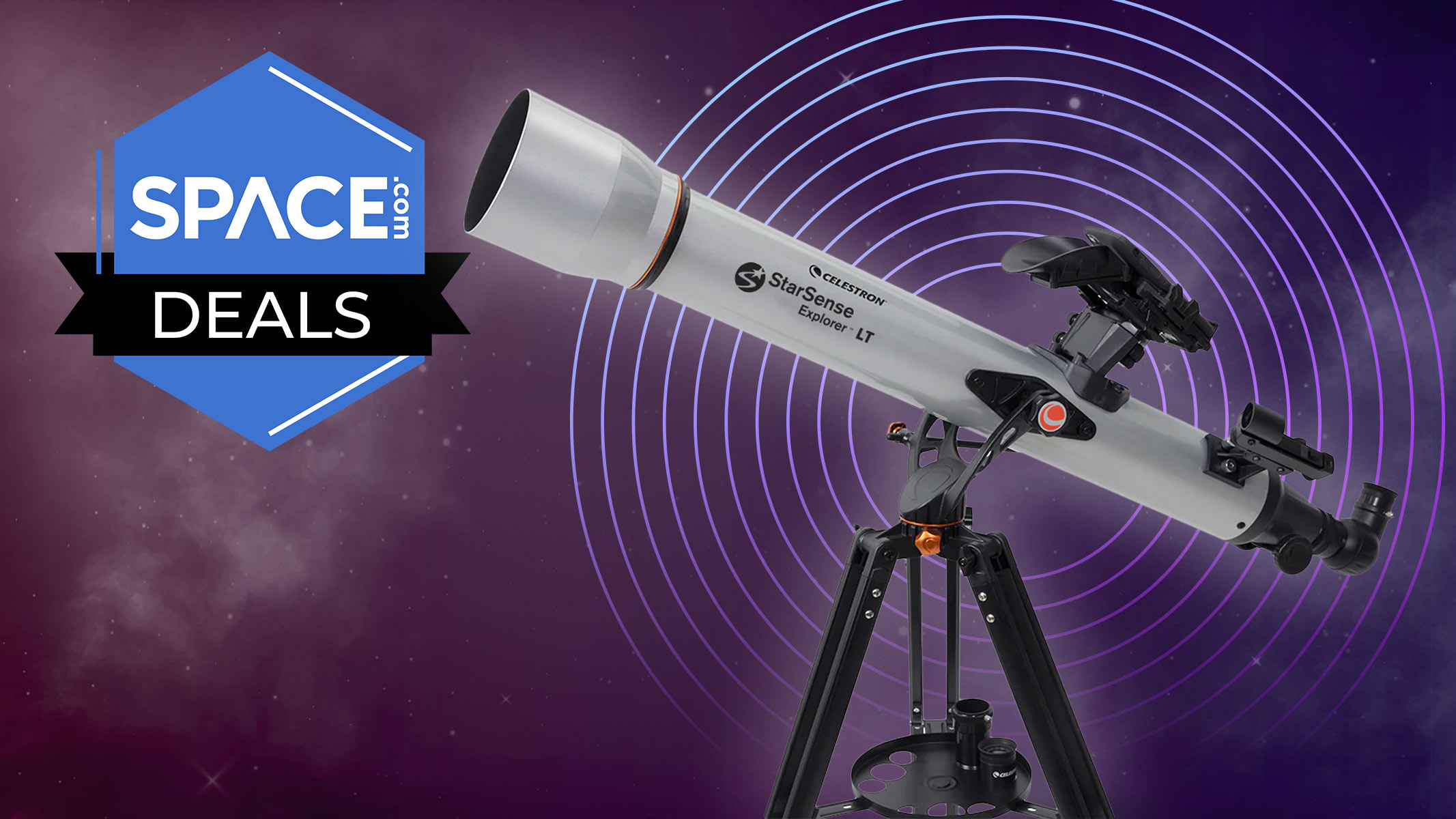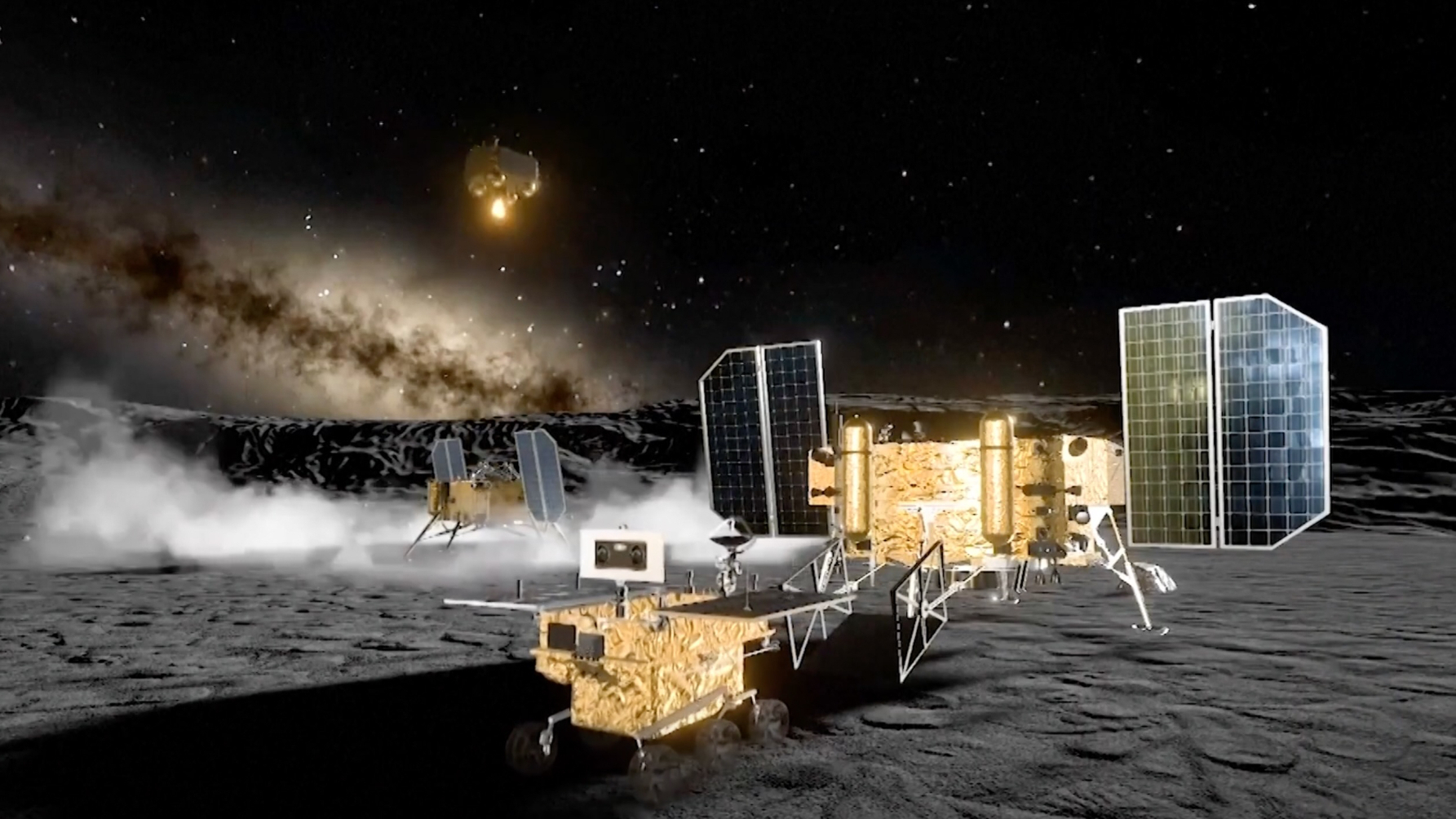Astronomers realize mysterious TV signal in their data bounced off an airplane
Rogue TV signals have plagued the Murchison Wide-field Array for five years.
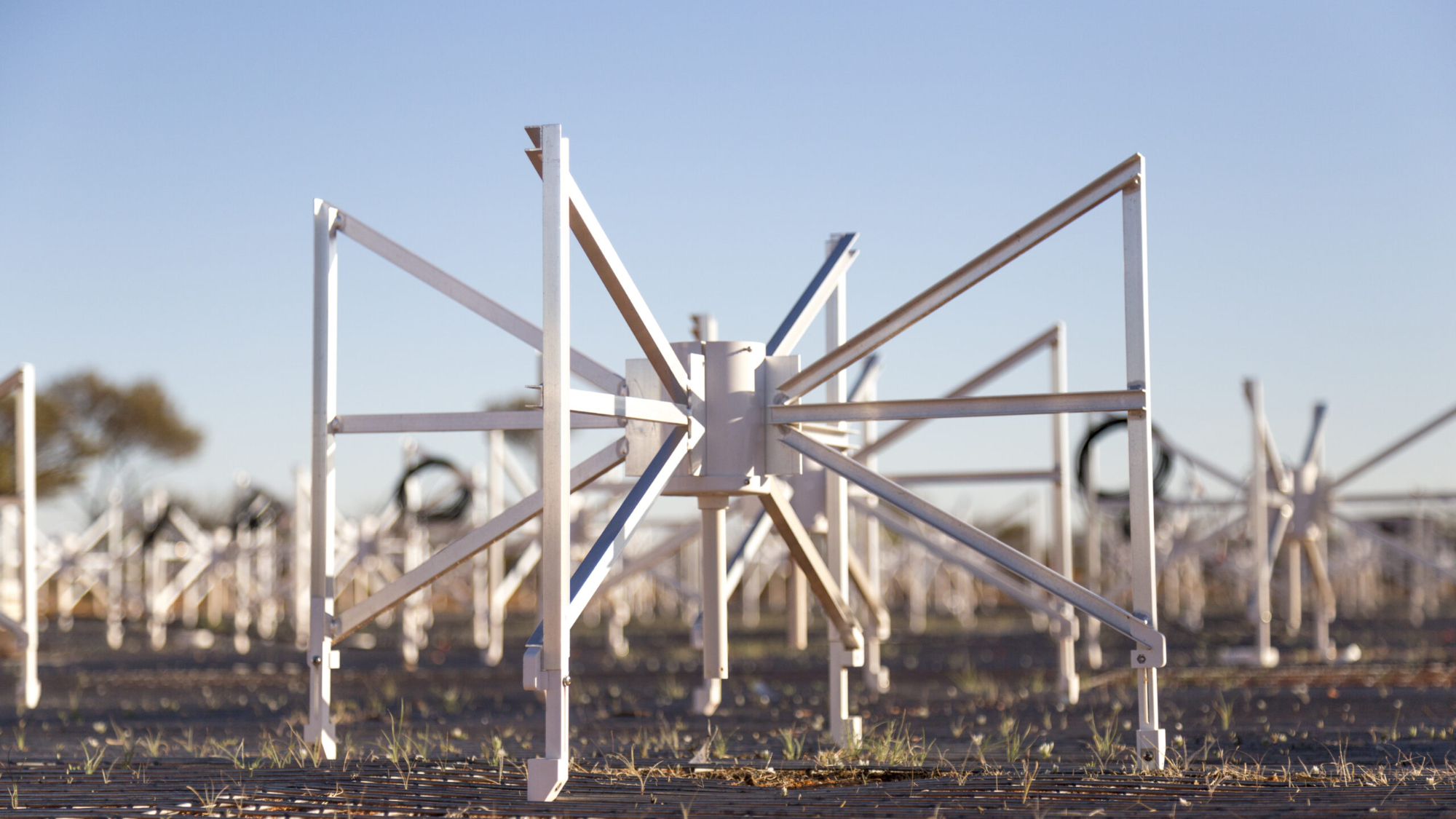
The sky is awash with radio-frequency interference (RFI), but thanks to two astronomers who tracked down a stray TV broadcast reflected off a passing airplane, there may be a new way to wipe out some of the rogue signals that plague our radio telescopes.
"Astronomy is facing an existential crisis," said Jonathan Pober of Brown University, Rhode Island, USA, in a statement.
Satellites, for instance, crowd the sky. The United Nations Office for Outer Space Affairs counted 11,330 satellites in Earth orbit as of June 2023, and many more have been launched since then. Most of these satellites are designed to relay various communications over radio wavelengths. This has presented the astronomy community with a problem.
"There is growing concern — and even some reports — that astronomers may soon be unable to carry out high-quality radio observations as we know it, due to interference from satellite constellations," said Pober.
The issue is especially relevant for telescopes such as the Murchison Wide-field Array (MWA) in western Australia, on which Pober is the U.S. science lead. The MWA consists of 4,096 antennas designed to detect low-frequency radio waves between 70 and 300 MHz that carry information from the universe's epoch of reionization, when the first stars and galaxies were forming. Because the MWA observes the entire sky all at once, however, "there's no way to point our telescopes away from satellites," said Pober.
Because of the randomness of RFI and the difficulty in tracking such signals back to their sources, modeling the interference so that it can be filtered out has turned out to be a next-to-impossible task. Typically, datasets contaminated with RFI are simply thrown out — but that leads to a lot of data being lost.
However, the case of a stray television signal has given astronomers hope that there may be a way to save some of that data.
Get the Space.com Newsletter
Breaking space news, the latest updates on rocket launches, skywatching events and more!
The MWA sits inside a 186-mile-wide (300-kilometer-wide) radio quiet zone, yet the telescope has consistently been picking up television broadcasts that shouldn't be transmitted in the quiet zone. The origin of these broadcasts had been a puzzle. "It then hit us," said Pober. "We said, 'I bet the signal is reflecting off an airplane.'"
Teaming up with Ph.D. student Jade Ducharme, also from Brown University, Pober set about proving the airplane hypothesis. To do so, they combined two techniques for tracking down the origin of RFI — using "near-field corrections" that involves focusing the radio telescope on nearby interference-producing objects, and "beamforming" that essentially allows the telescope to sharpen its focus on a desired object.
Through a combination of these two techniques, Pober and Ducharme were able to track a television signal back to an airplane traveling at 38,400 feet (11.7 kilometers) in altitude and at a velocity of 492 mile per hour (792 kilometers per hour). They even found that the television signal was on the frequency band used by Australian digital TV channel 7. This signal was being broadcast somewhere outside the radio quiet zone and being reflected off the hull of the airplane.
Identifying the source of the RFI opens the door to the interference being modeled so that its pattern can be recognized and ultimately filtered out, keeping the data usable to astronomers.
"This is a key step toward making it possible to subtract human-made interference from the data," said Pober. "By accurately identifying and removing only the sources of interference, astronomers can preserve more of their observations, reduce frustrating data loss and increase the chances of making important discoveries."
Tracking the source of the RFI back to a passing airplane was just the first step, however. The next step is to learn how to remove similar signals from the astronomical data — then, after that, the goal is to expand the technique to not just identify and remove television signals bouncing off airplanes, but also to remove signals from satellites overhead too. However, given the huge numbers of satellites, that is a much heftier task.
Nevertheless, in Pober's view it is a task signal refinement is going to be essential if radio astronomy is to survive.
"We have no choice but to invest in better data analysis techniques to identify and remove human-generated interference," he said.
Pober and Ducharme's analysis of how they tracked the stray television signal back to the airplane was published on Feb. 12 in a paper in the journal Publications of the Astronomical Society of Australia.
Join our Space Forums to keep talking space on the latest missions, night sky and more! And if you have a news tip, correction or comment, let us know at: community@space.com.

Keith Cooper is a freelance science journalist and editor in the United Kingdom, and has a degree in physics and astrophysics from the University of Manchester. He's the author of "The Contact Paradox: Challenging Our Assumptions in the Search for Extraterrestrial Intelligence" (Bloomsbury Sigma, 2020) and has written articles on astronomy, space, physics and astrobiology for a multitude of magazines and websites.
-
Max Wrent back in the analog TV days using antennas, we called that multipath. Multipath signals from aircraft would cause image ghosting.Reply -
billslugg We need to go to the far side of the Moon to site large arrays of low frequency antennae. Putting them on Earth is a losing proposition.Reply -
Classical Motion We better test a small moon antenna first. Moon dust might be a show stopper. I have read the dust can easily become charged. Maybe being charged. Does it scoop and pour like fine dust here?Reply
This might give the antenna a life time. Or require regular maintenance. Might be frequency sensitive. Lumps of impedance.
A large metal structure might get covered in dust. A sticky attractive dust.
Expect the worse to avoid future disappointment.
I’m all in for arrays on far side. Many types of instruments. Gives us a reason to go. -
Meteoric Marmot It seems obvious to me that the long-term future of terrestrial astronomy is bleak, but we are still building telescopes. I think we should stop building instruments that will be compromised by human activity and concentrate the money and design talent on improving our space-based capabilities and, later, lunar facilities.Reply
Astronomers' pleadings will not deter creatures like Musk from his pursuit of dollar$ regardless of consequences. Best to accept that and work around it. -
zaxanoid Odd how no radio Hams have already replied to this - but bouncing signals of planes (and the ISS) is not unusual.Reply
Airwatch software gives you the positions of planes, and you can reliably use this to make radio contacts

